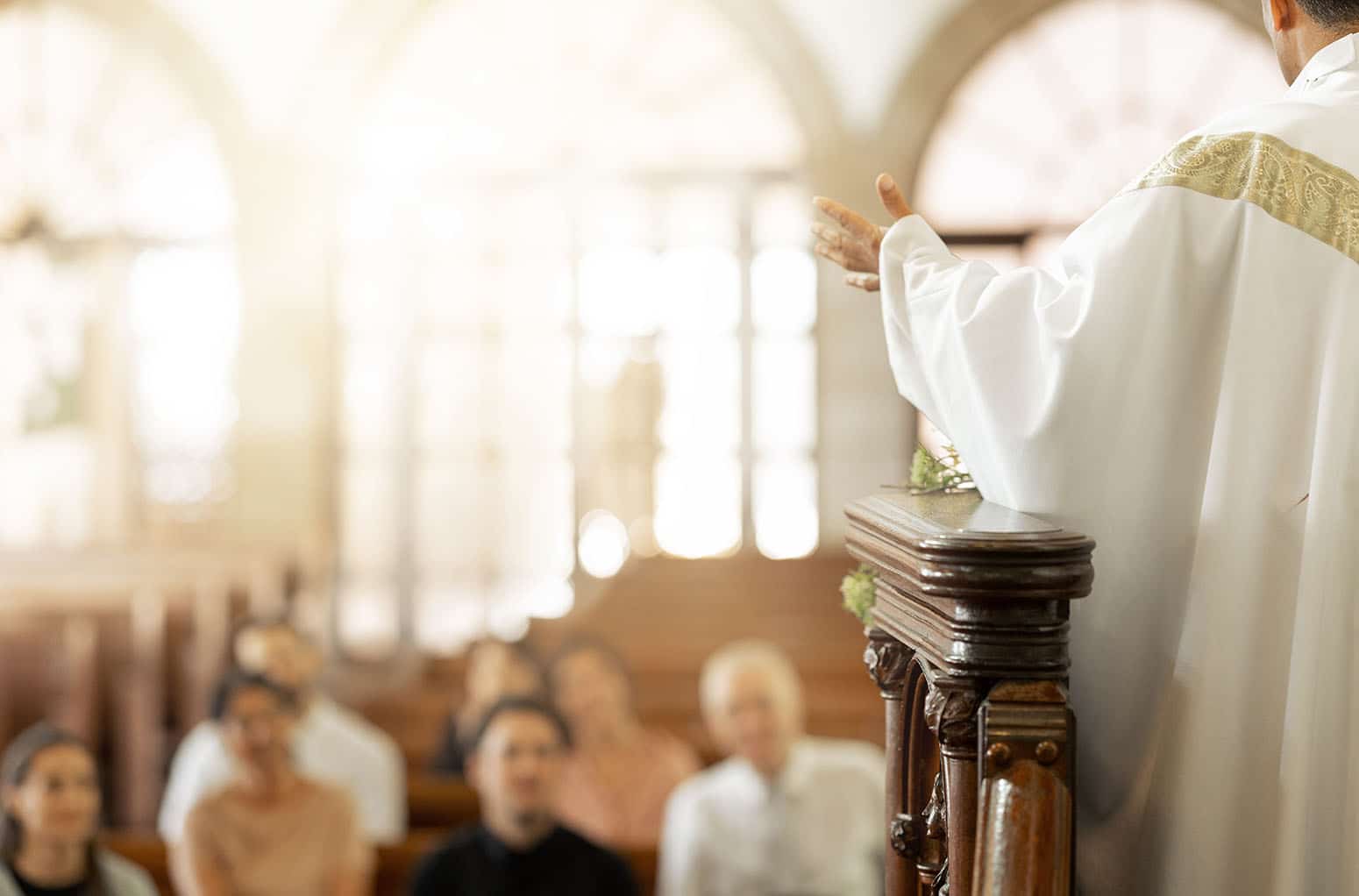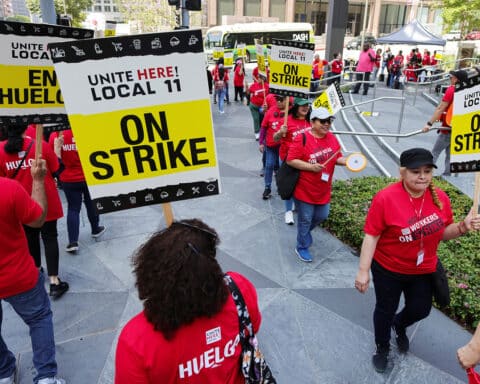(OSV News) I suffered through another mission homily recently. Like almost all the mission and aid appeals I’ve heard over the past several years, it did not slay.
This despite the fact that the priest was foreign born and presumably knew a thing or two about the mission territories he was seeking funds for. He shared not a single story, not an anecdote, not a word picture of what our aid could impact. “The seed that falls on good ground will yield a fruitful harvest,” the psalm refrain told us that Sunday. It looked to me like a missed opportunity to bear some fruit.
Preaching in general seems to be in a state of crisis right now. While no one homiletic style will please all Catholics, an awful lot of us pew warmers are complaining about the quality, or lack thereof, of the sermons we hear.
Some tell me they go home after Mass and listen to Bishop Robert Barron each Sunday. Or they dial up Father Mike Schmitz on YouTube. There is a hunger for substance, something that sticks in the mind, something to be mulled over, something to inspire, something to exhort.
Better preaching
That preaching is in a state of crisis has not been lost on the Lilly Endowment. The grant-making behemoth with a special interest in matters of faith is dedicating $75 million to its Compelling Preaching Initiative, an effort to improve preaching in the United States across denominations.
Several Catholic entities have won grants to see what they can do to make preaching better. Dr. Timothy O’Malley is the academic director of the Center for Liturgy at Notre Dame’s McGrath Institute, one of Lilly’s Catholic grant recipients. In an interview, O’Malley told me the program is just getting started, but that their research and listening sessions have identified two sides of the same problem.
On the one hand, it is a clergy problem. There is a lack of time spent contemplating the Scripture. There are too few hours in the day, and often the corners that are cut involve prayer, reflection and homiletics.
On the other hand, the laity often haven’t prepared themselves well either. If they haven’t prayed over the readings beforehand, they may be coming for a personal anecdote or a little joke, but not necessarily words that will touch their hearts and deepen their engagement with the faith.
O’Malley’s message is that it takes two: A good preacher and a receptive audience.
Given that those 15 or 20 minutes (Pope Francis says it should be eight minutes) are likely to be the only preaching most Catholics will hear for the next six days, this is often a golden opportunity wasted if both priest and people are poorly prepared.
Jesus, a model preacher
The irony is that our model for powerful preaching is Jesus himself, who masterfully wove story and Scripture together. We read how frequently he would go off to pray, and the fruits of that contemplation were often the parables. How many stories he told that resonate to this day: The Sower. The Prodigal Son. The Good Samaritan.
And the Gospels themselves are filled with stories: Jesus and the woman at the well. The 10 lepers. The raising of Lazarus.
The stories are vivid: the subject of two millennia worth of art, and the stuff of homilies for generations of saints. To make this rich material boring and irrelevant now seems more than a shame. It seems a sin.
The Lilly project is ambitious. It is also long term. O’Malley, whose program is working with both laity and clerics, sees it as a 10-to-15-year project.
But instead of waiting for change from above, maybe we the laity can start with ourselves. Subscribe to a daily devotional. Go online to find the Scripture readings before Mass. Take time to reflect on the Word. Complaining about poor preaching doesn’t get us far. Better contemplation and listening may.





